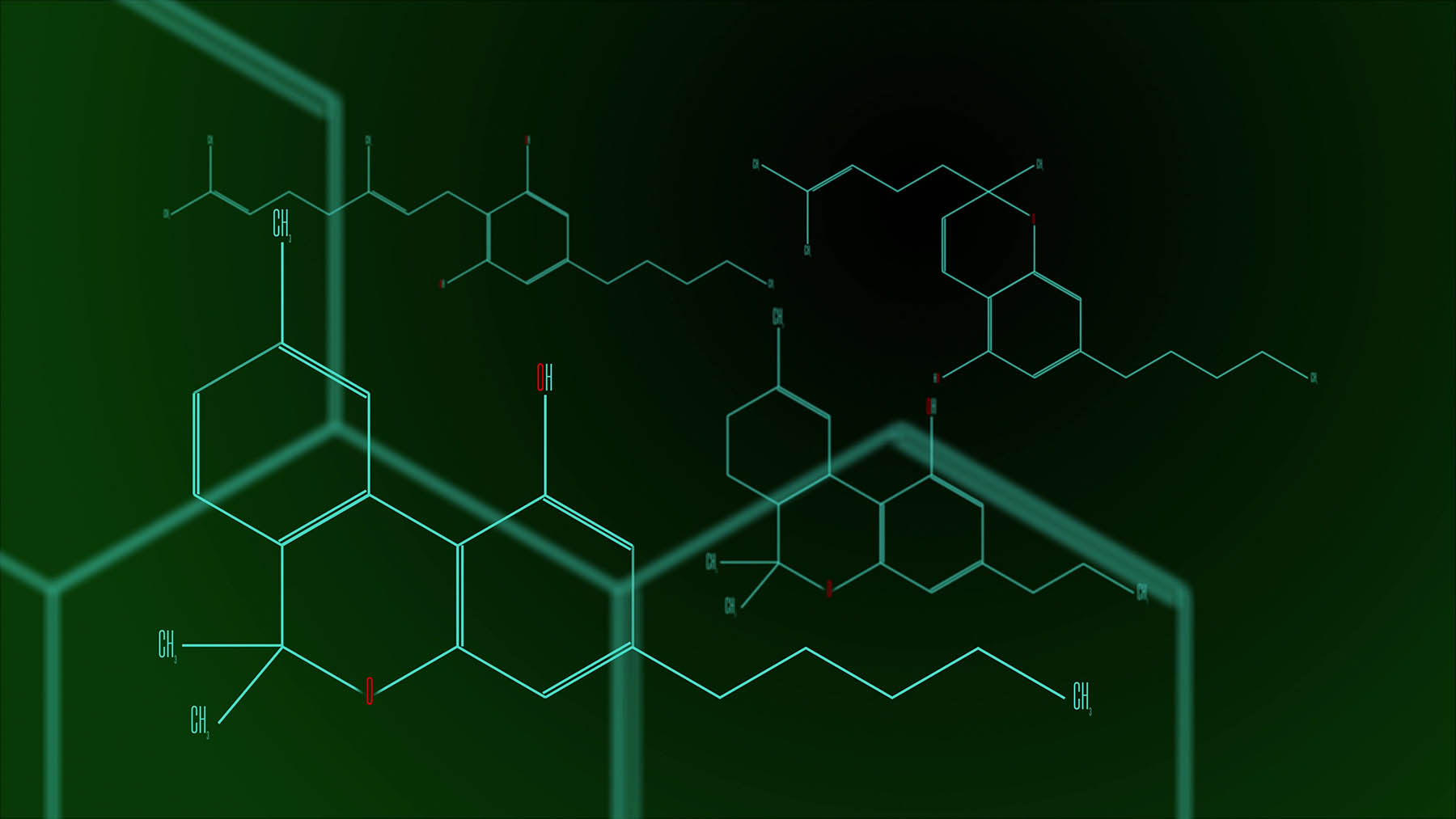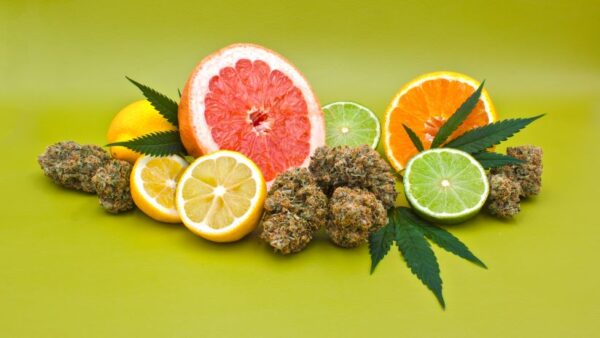Exploring the Science of Cannabis and Cannabinoids
The science of cannabis centers on its most fascinating compounds—cannabinoids. These naturally occurring chemicals are responsible for the plant’s wide-ranging effects on the human body. With over 100 different cannabinoids identified, each plays a unique role in how cannabis interacts with our physiology. Understanding how cannabinoids function helps unlock the plant’s potential for wellness, medicine, and recreation.
What Are Cannabinoids?
Cannabinoids are chemical compounds produced by the cannabis plant. These compounds interact with a biological system in the human body called the endocannabinoid system (ECS), which regulates many vital functions. From mood and memory to pain and appetite, cannabinoids influence these systems in subtle and sometimes profound ways.
The two most well-known cannabinoids are THC (tetrahydrocannabinol) and CBD (cannabidiol), but they are just the tip of the iceberg. Other minor cannabinoids like CBG, CBC, and CBN are gaining attention for their own distinct properties.
The Endocannabinoid System Explained
The endocannabinoid system is a network of receptors and neurotransmitters that help the body maintain balance or homeostasis. It plays a role in regulating mood, sleep, appetite, immune function, and pain response.
-
CB1 Receptors are primarily found in the brain and central nervous system. THC binds directly to these receptors, which is why it causes psychoactive effects.
-
CB2 Receptors are mostly found in the immune system and peripheral organs. CBD interacts indirectly with these receptors and is thought to support anti-inflammatory and immune responses.
-
Endocannabinoids are naturally produced by the body and function like keys in the ECS. Phytocannabinoids from cannabis act similarly, mimicking or enhancing these internal messages.
Major Cannabinoids and Their Effects
THC – Tetrahydrocannabinol
THC is the main psychoactive compound in cannabis and the reason users experience a “high.” Beyond its recreational use, THC may help with:
-
Chronic pain
-
Muscle spasticity
-
Nausea and vomiting (especially during chemotherapy)
-
Insomnia
-
Appetite stimulation
CBD – Cannabidiol
CBD is non-psychoactive, meaning it doesn’t produce a high. It’s known for its calming and therapeutic properties, including:
-
Anti-anxiety effects
-
Anti-inflammatory action
-
Epilepsy treatment (notably in FDA-approved Epidiolex)
-
Pain management
-
Potential neuroprotective benefits
CBN – Cannabinol
CBN is mildly psychoactive and forms when THC degrades over time. It’s commonly associated with:
-
Sedation and sleep support
-
Mild pain relief
-
Appetite stimulation
CBG – Cannabigerol
Often called the “mother cannabinoid,” CBG is the precursor from which many other cannabinoids are formed. Research suggests it may support:
-
Anti-inflammatory effects
-
Antibacterial properties
-
Bladder dysfunction relief
-
Potential treatment for glaucoma
CBC – Cannabichromene
CBC is non-psychoactive and works well when combined with other cannabinoids. Early studies point to benefits such as:
-
Reducing inflammation and pain
-
Supporting neurogenesis (growth of new brain cells)
-
Antidepressant effects
Therapeutic Applications of Cannabinoids
Cannabinoids are showing promise in a wide range of therapeutic areas. While more research is needed, current findings highlight cannabis’s potential in:
-
Chronic Pain Management: Both THC and CBD can reduce pain perception and inflammation.
-
Anxiety and Depression: CBD, in particular, may help regulate mood and reduce stress without intoxication.
-
Seizure Disorders: Cannabinoids like CBD are used in the treatment of epilepsy, particularly in drug-resistant forms.
-
Cancer Support: THC may reduce nausea and vomiting in chemotherapy patients, while CBD offers neuroprotective benefits.
-
Autoimmune Conditions: CB2 receptor stimulation may reduce inflammation in disorders like arthritis or Crohn’s disease.
The Importance of Cannabinoid Ratios and Strains
No two cannabis strains are exactly alike, and the effects of cannabis depend largely on the specific cannabinoid profile. Some key considerations include:
-
THC-Dominant Strains: Best for users seeking pain relief, appetite stimulation, or relaxation with psychoactive effects.
-
CBD-Dominant Strains: Ideal for daytime use or those seeking therapeutic effects without a high.
-
Balanced Strains: Contain moderate amounts of both THC and CBD, offering a more rounded effect.
It’s essential to note that cannabinoids don’t work in isolation. They are most effective when used together with other plant compounds like terpenes, a phenomenon known as the entourage effect.
Responsible Use and Precautions
Start Low and Go Slow
Cannabinoids affect everyone differently, depending on factors like body chemistry, metabolism, and previous exposure. Beginners should always start with low doses and gradually adjust based on tolerance and desired outcomes.
Consider Medical Guidance
If you’re using cannabis to manage a medical condition, consult with a healthcare provider or cannabis-trained practitioner. They can help guide you toward the right product, dosage, and method of use.
Monitor for Side Effects
While many people tolerate cannabinoids well, some may experience:
-
Dry mouth
-
Dizziness
-
Increased anxiety (especially with high-THC strains)
-
Changes in appetite
-
Fatigue or lethargy
Awareness and moderation are key to minimizing side effects and maximizing benefits.
Final Thoughts
The science of cannabis is advancing rapidly, and cannabinoids are at the heart of that exploration. From THC and CBD to emerging compounds like CBG and CBC, each cannabinoid offers unique interactions with the human body. As we continue to uncover their potential, cannabis is becoming more than just a plant—it’s a key player in the future of personalized wellness.






